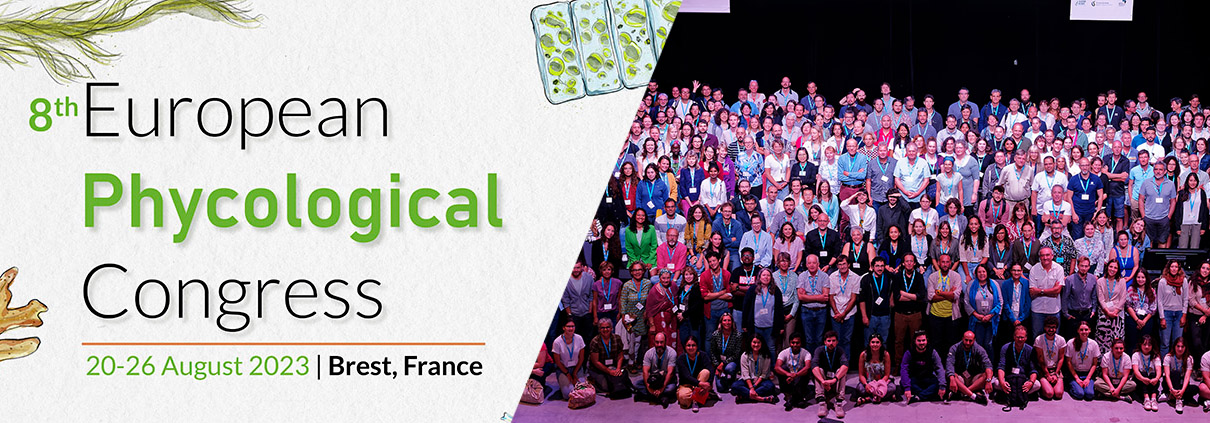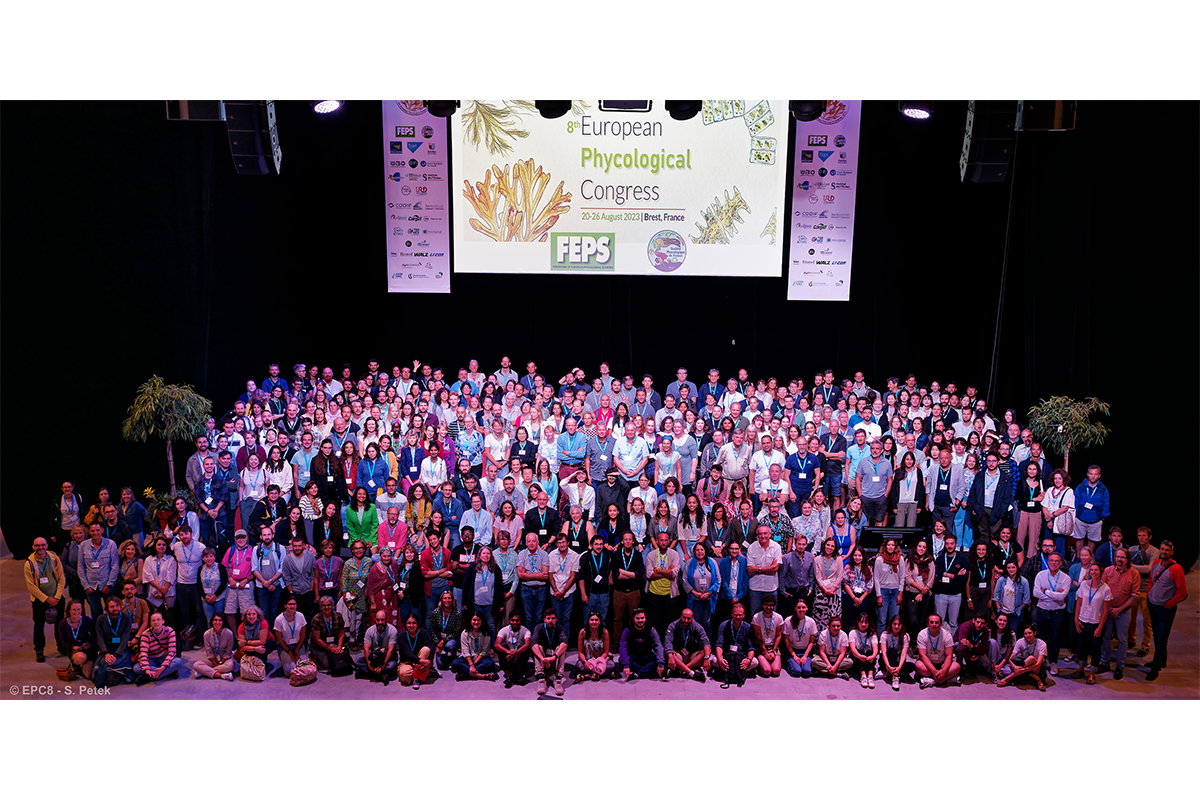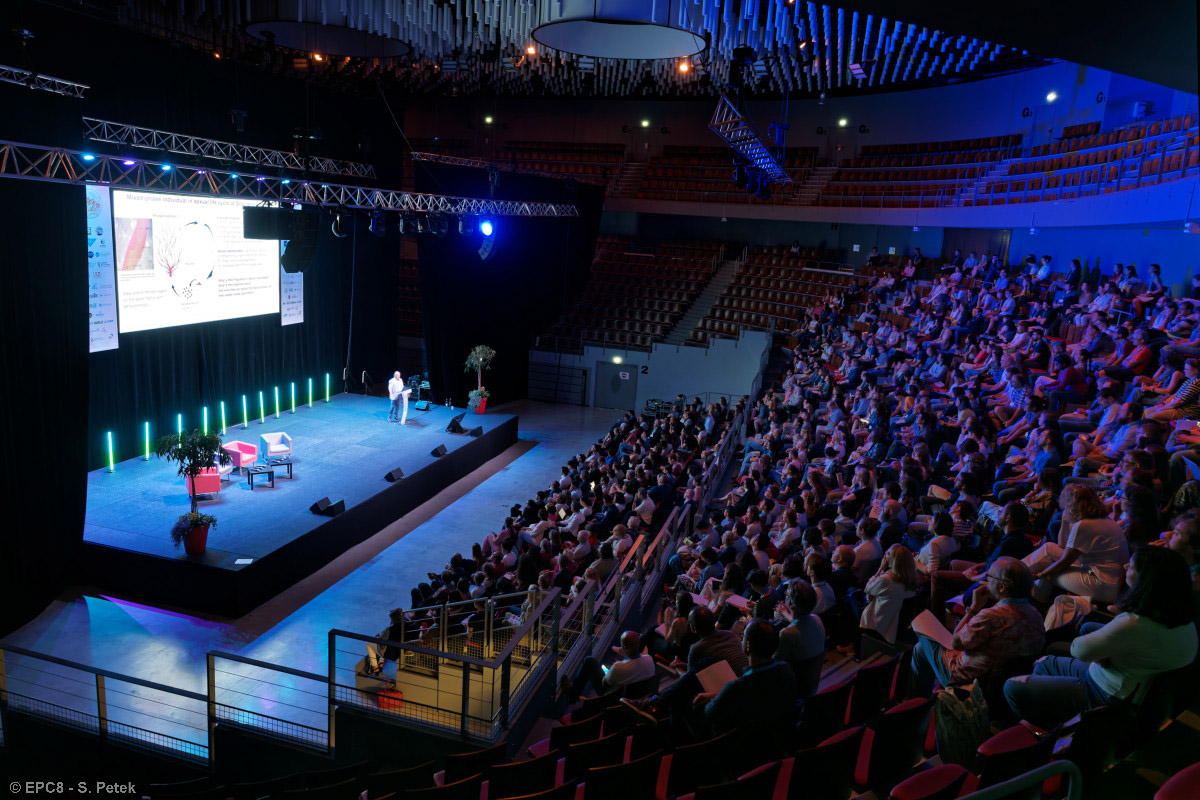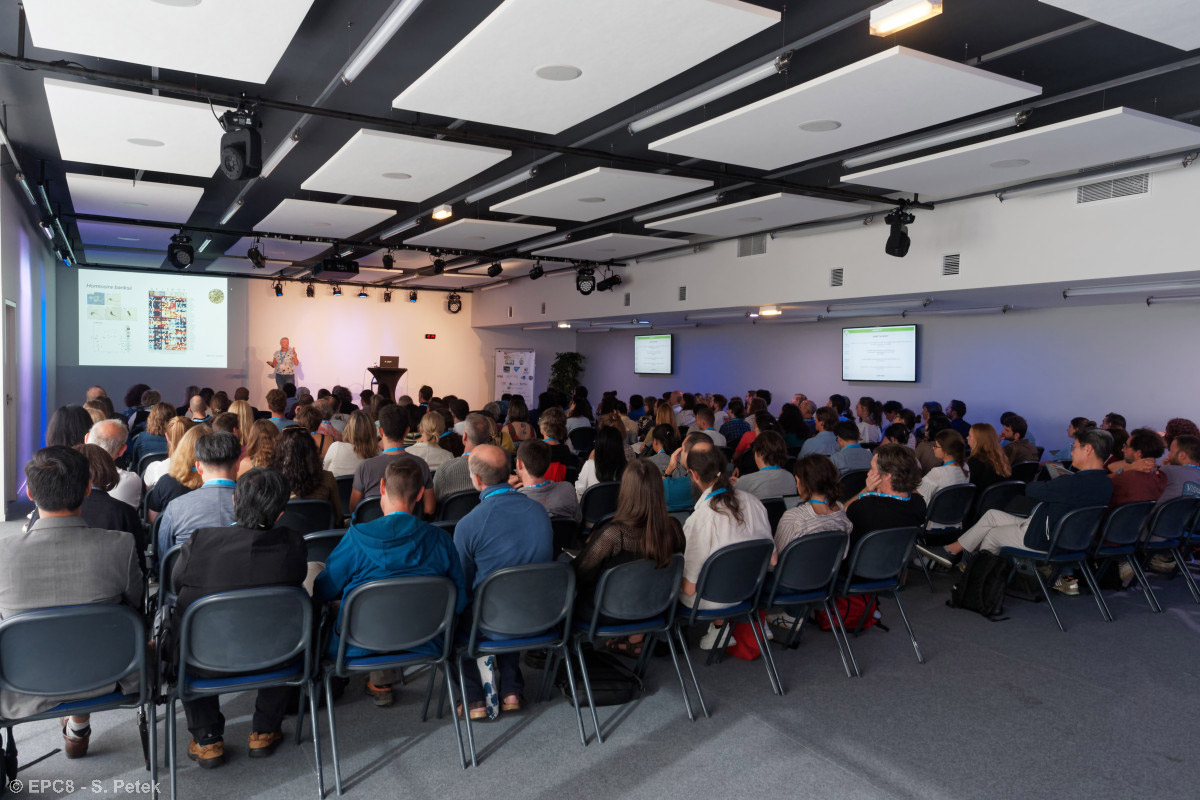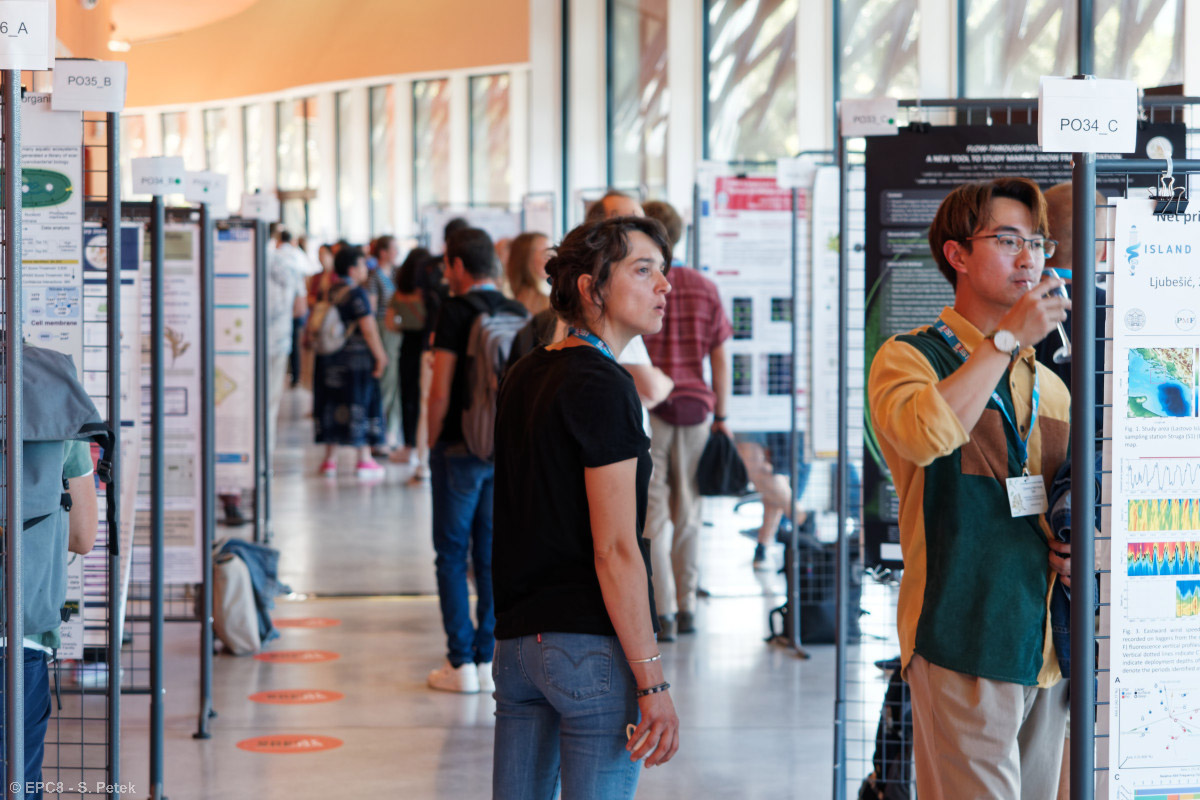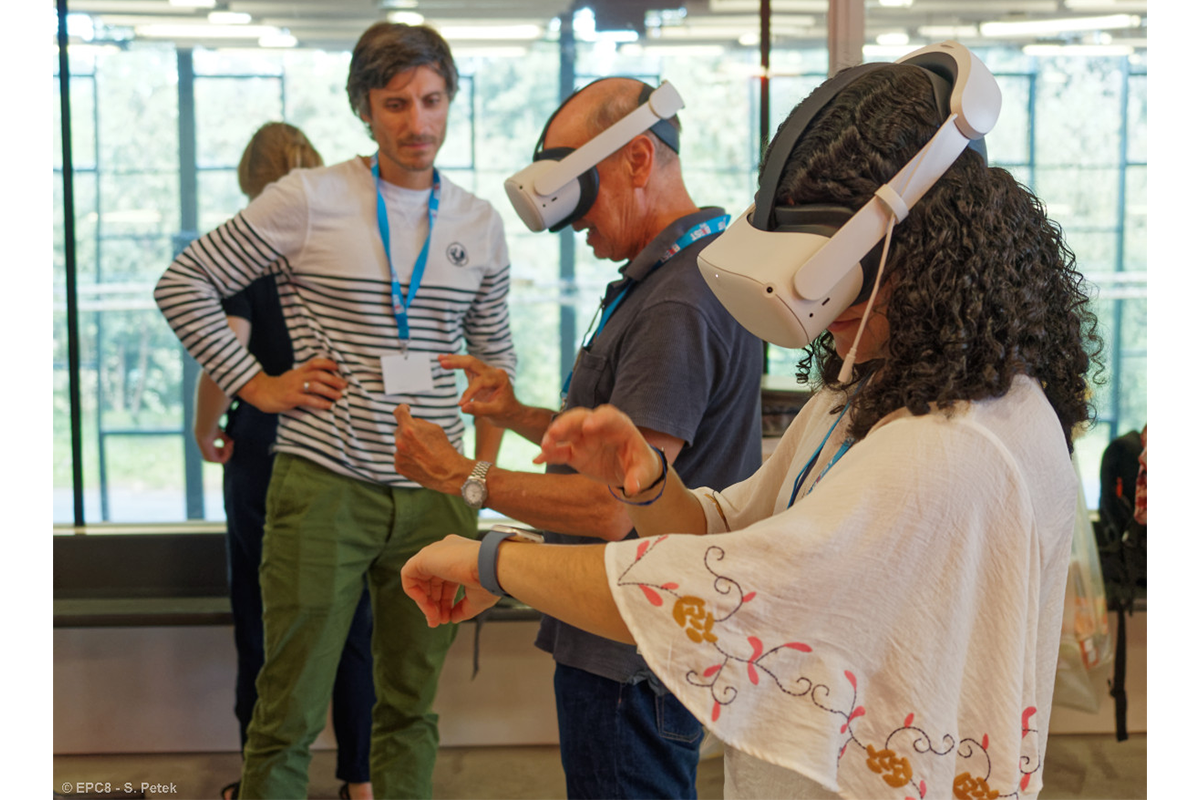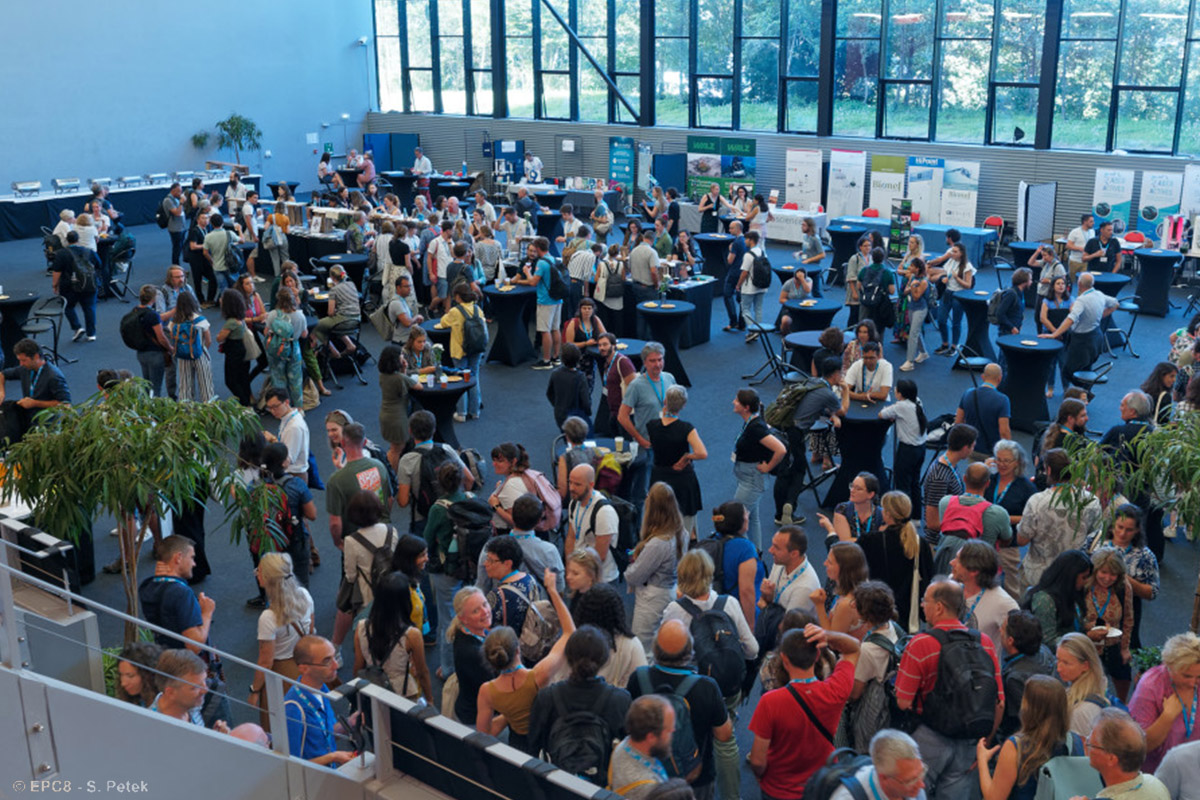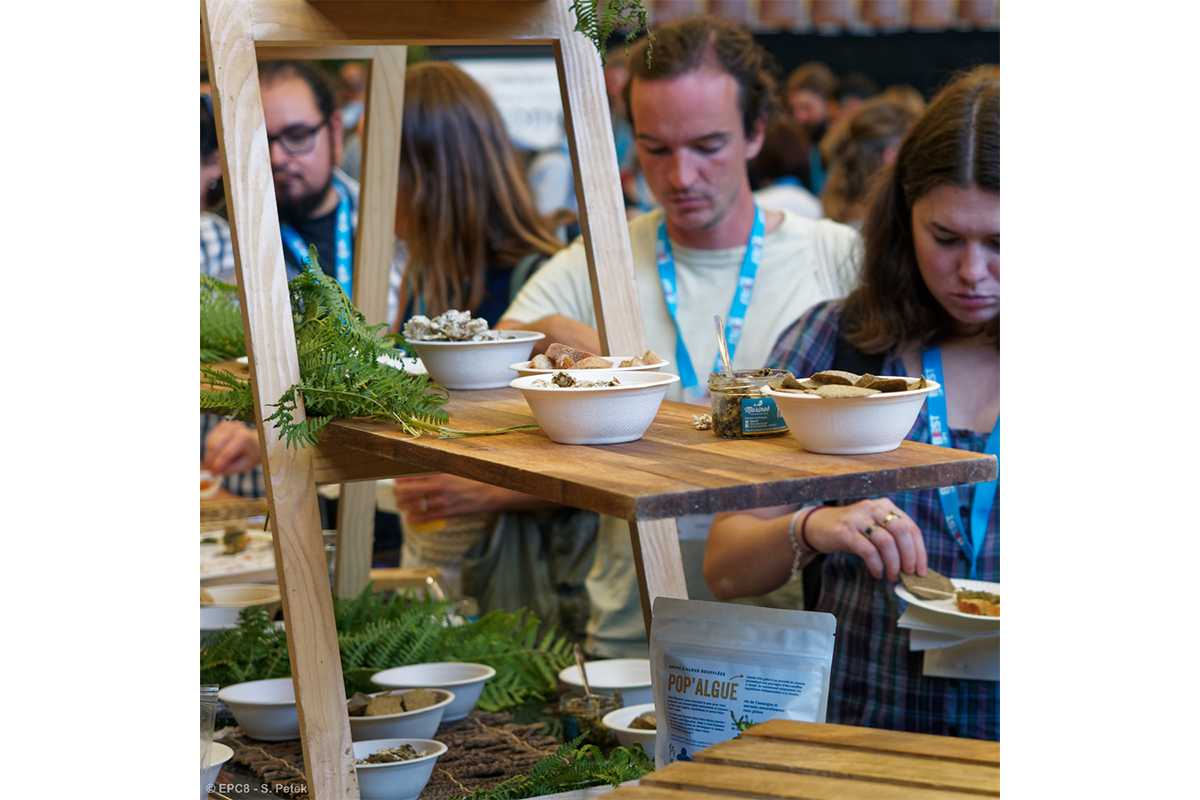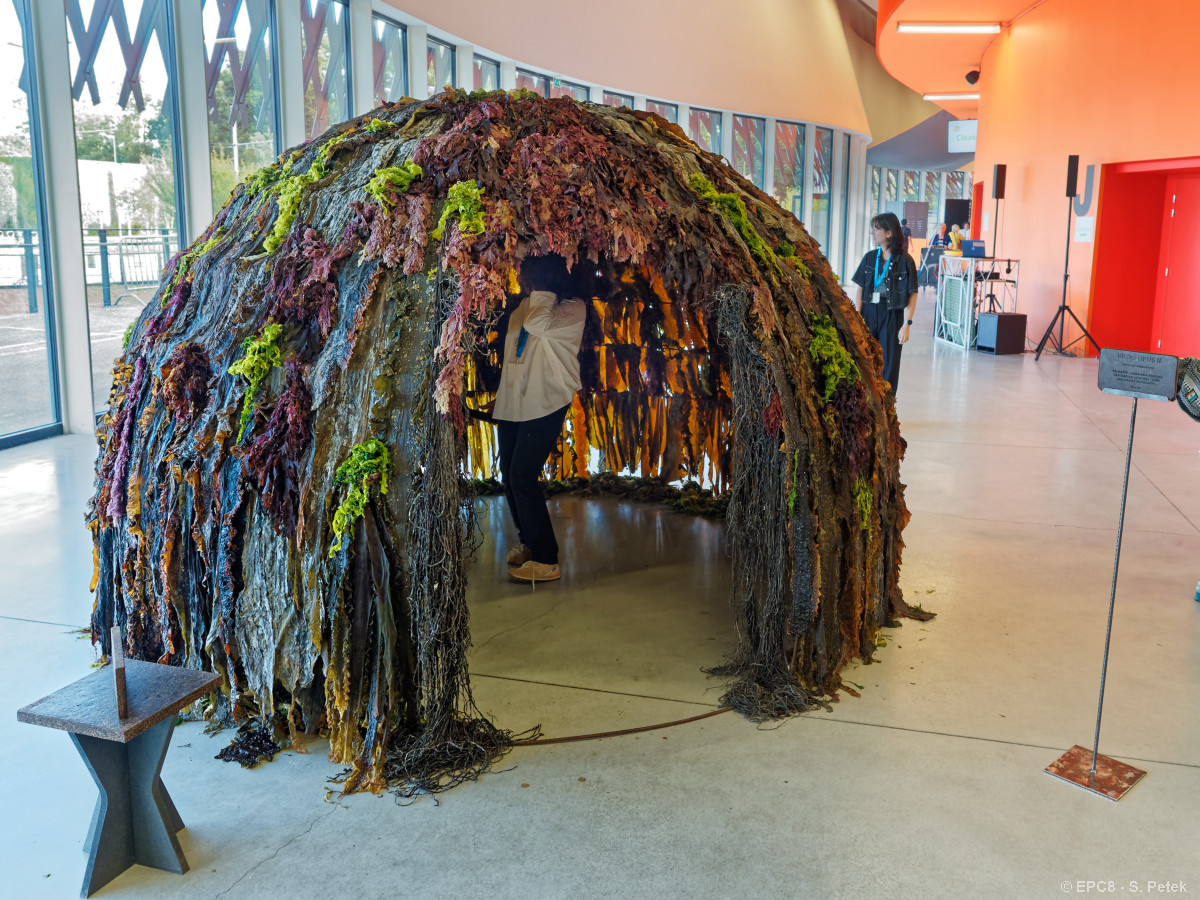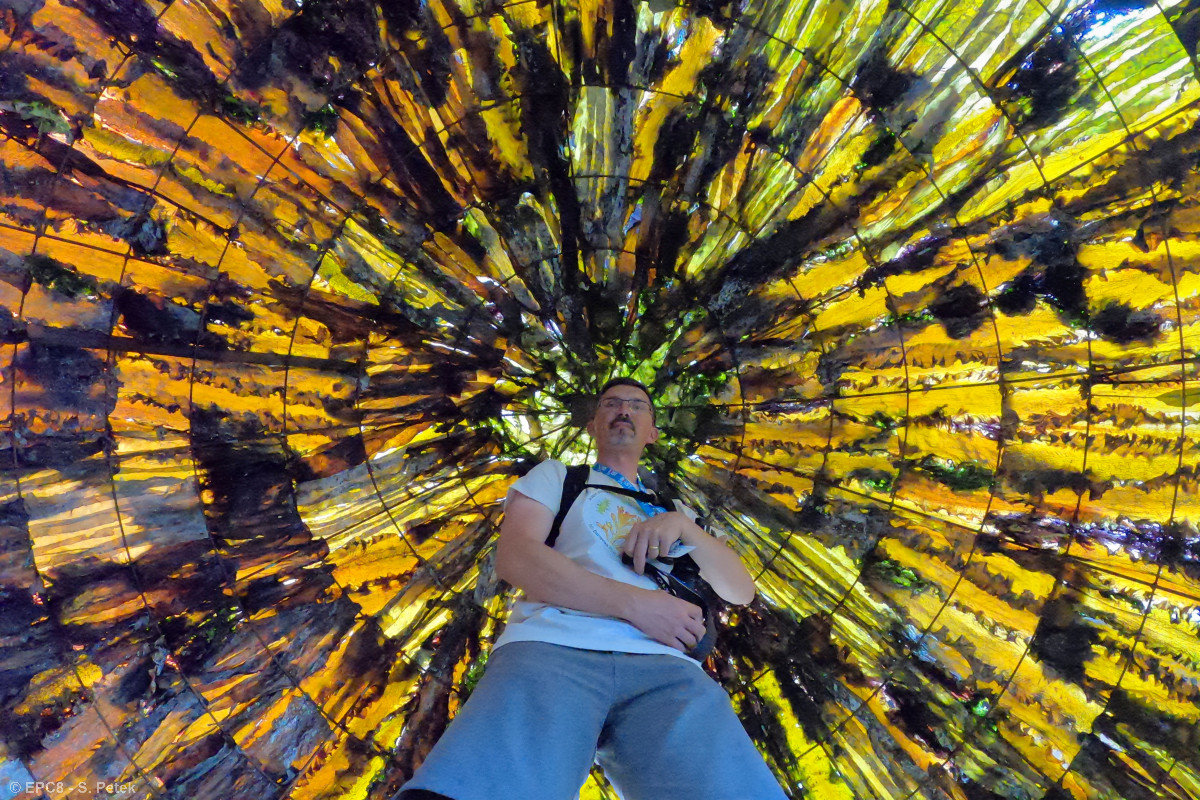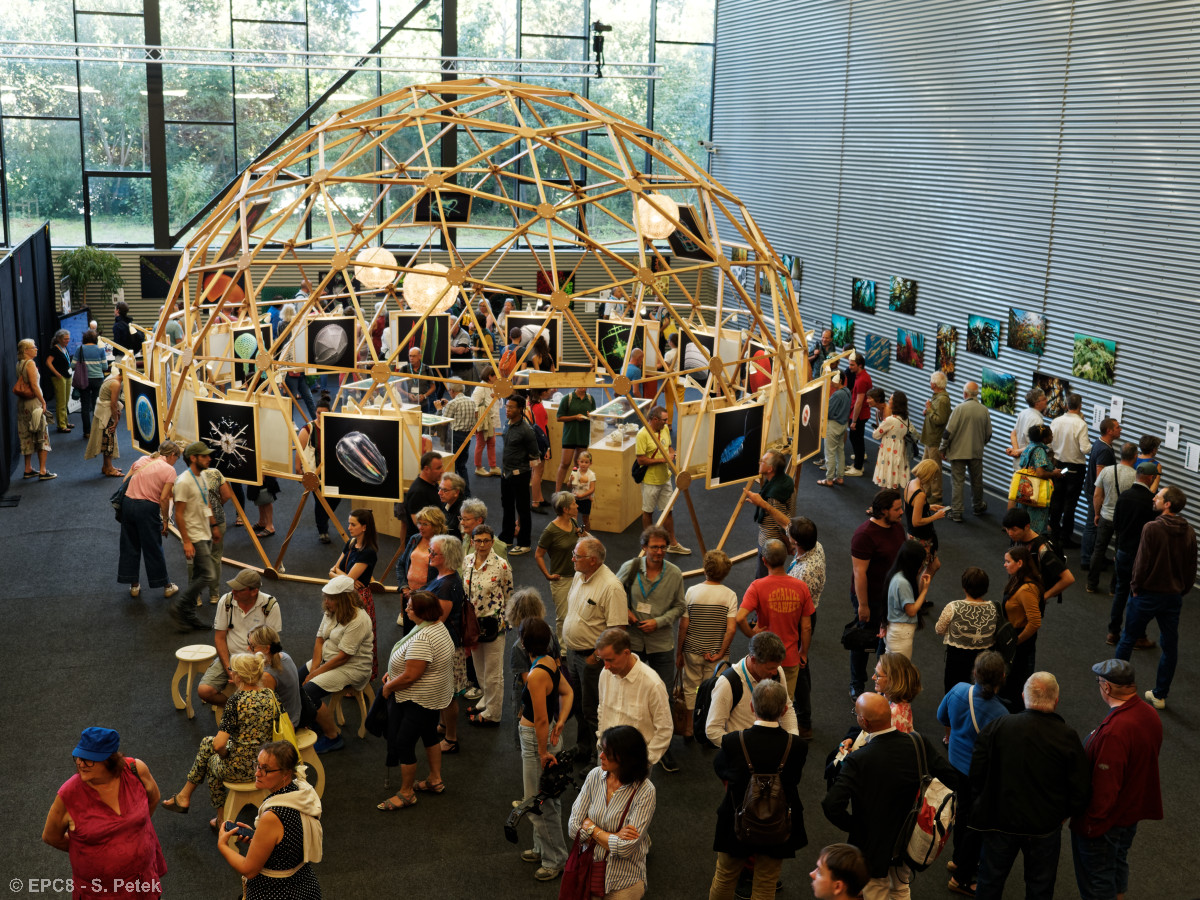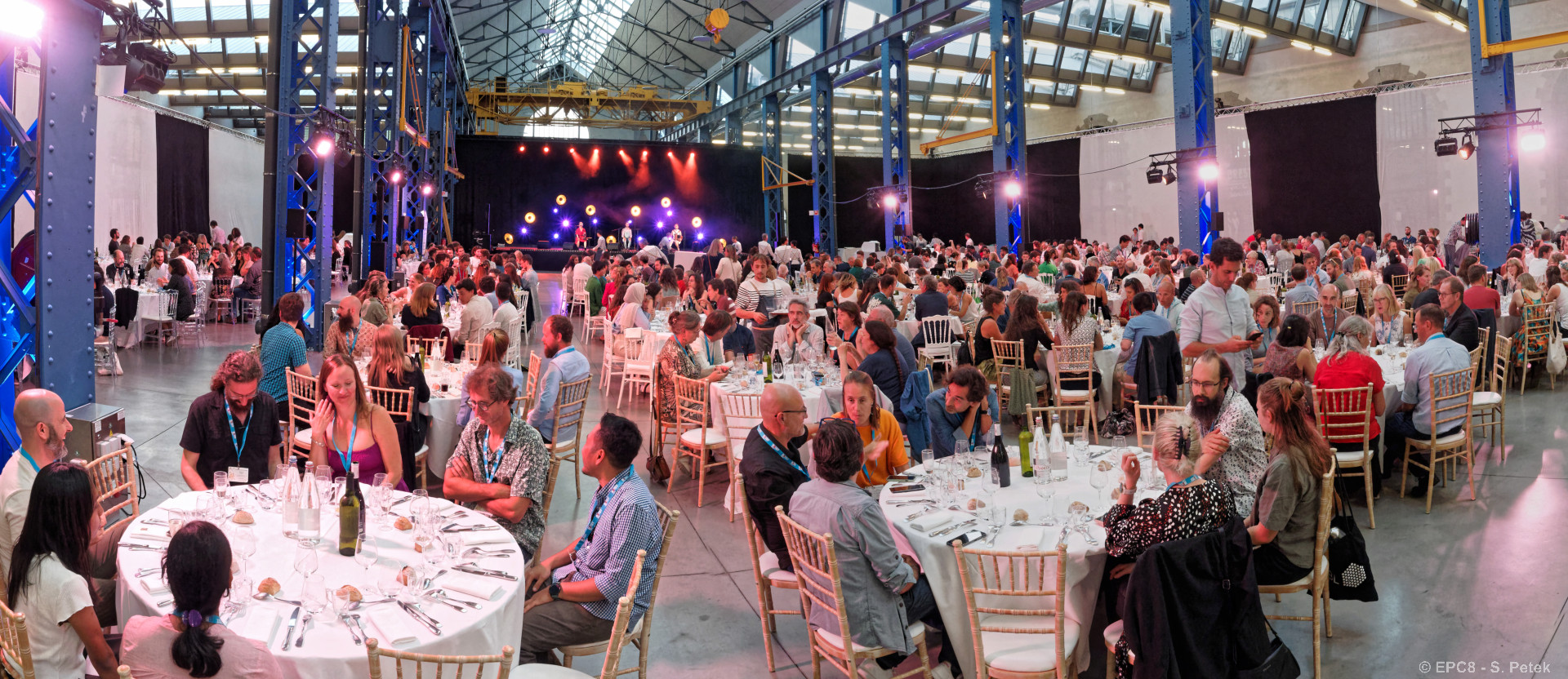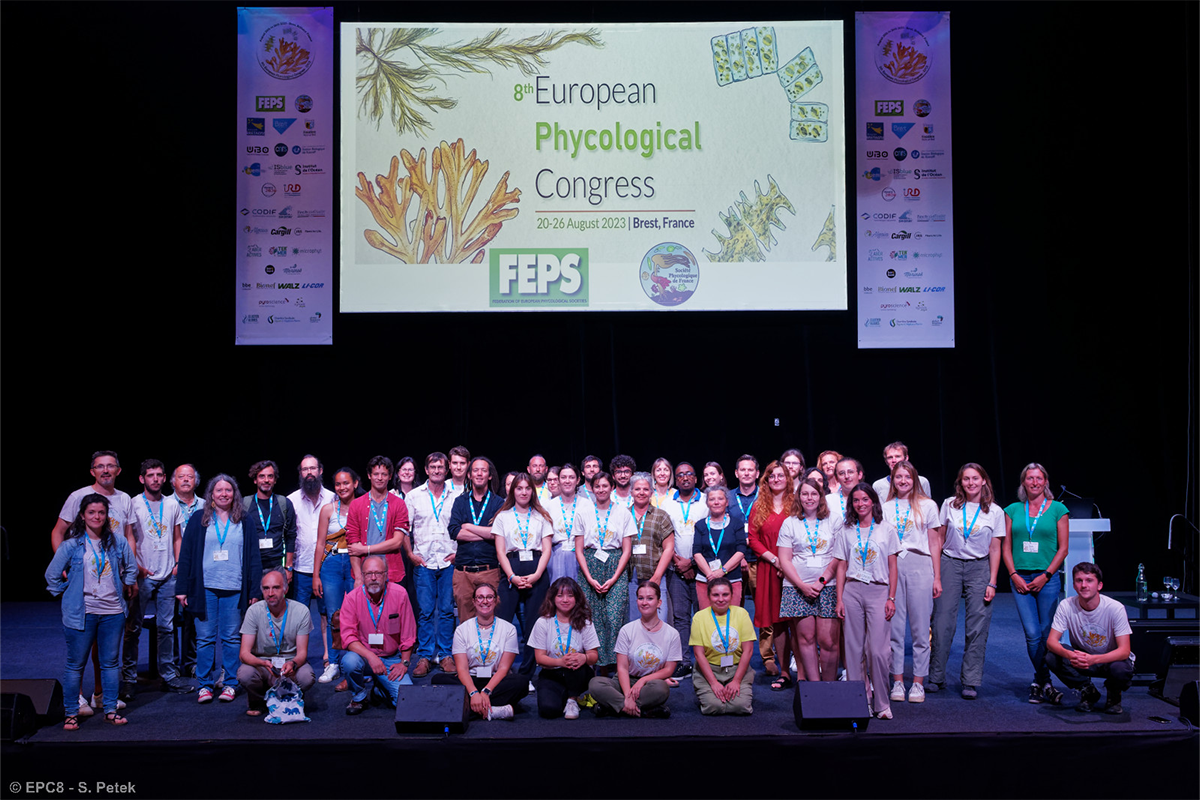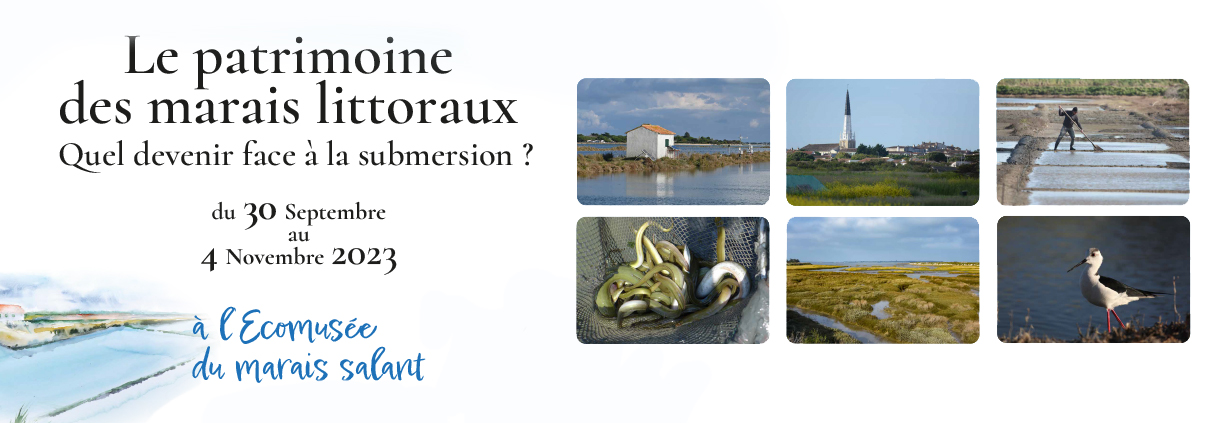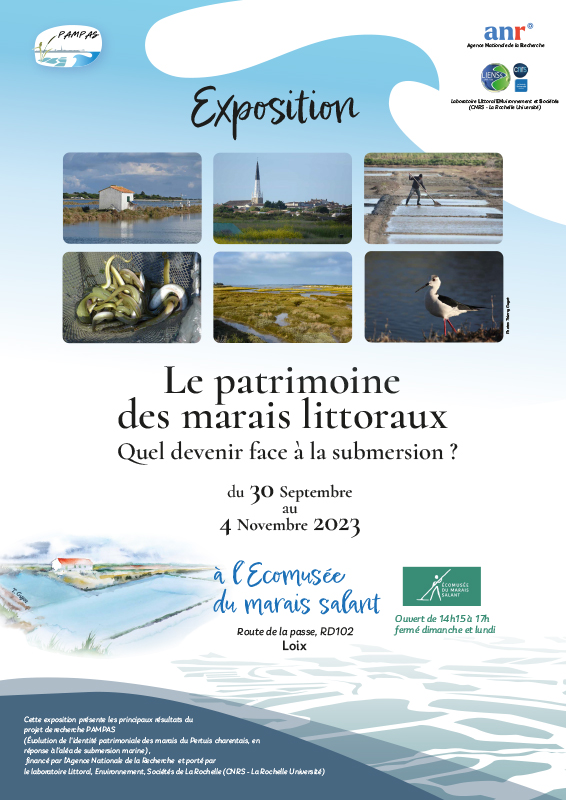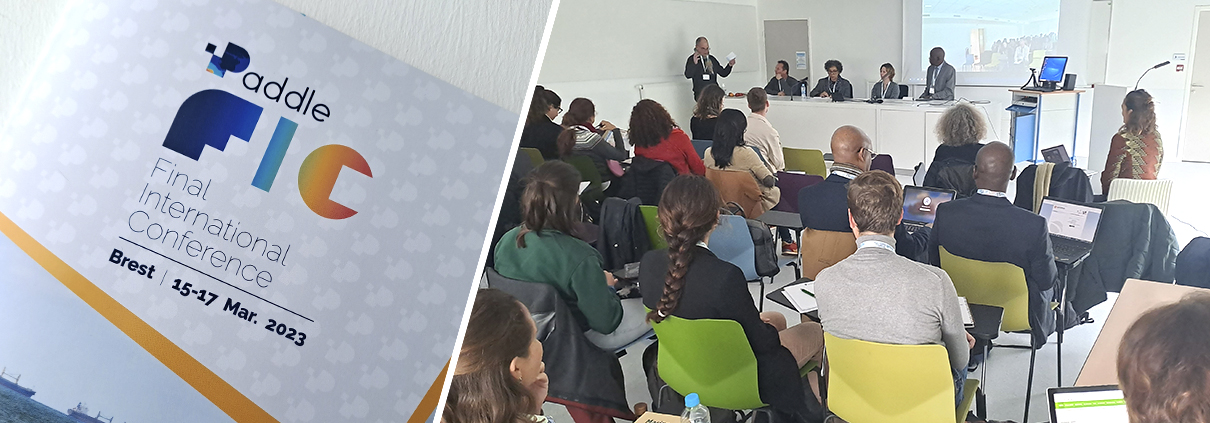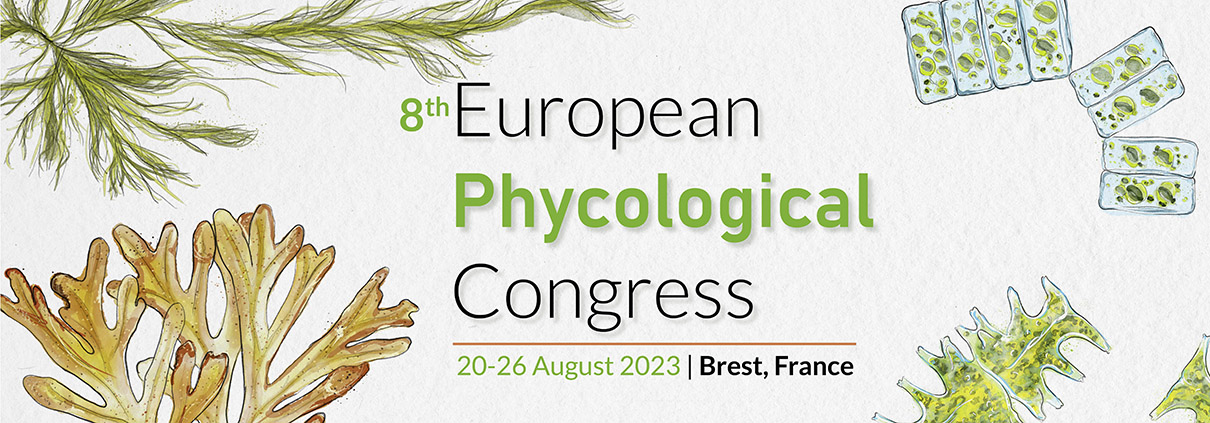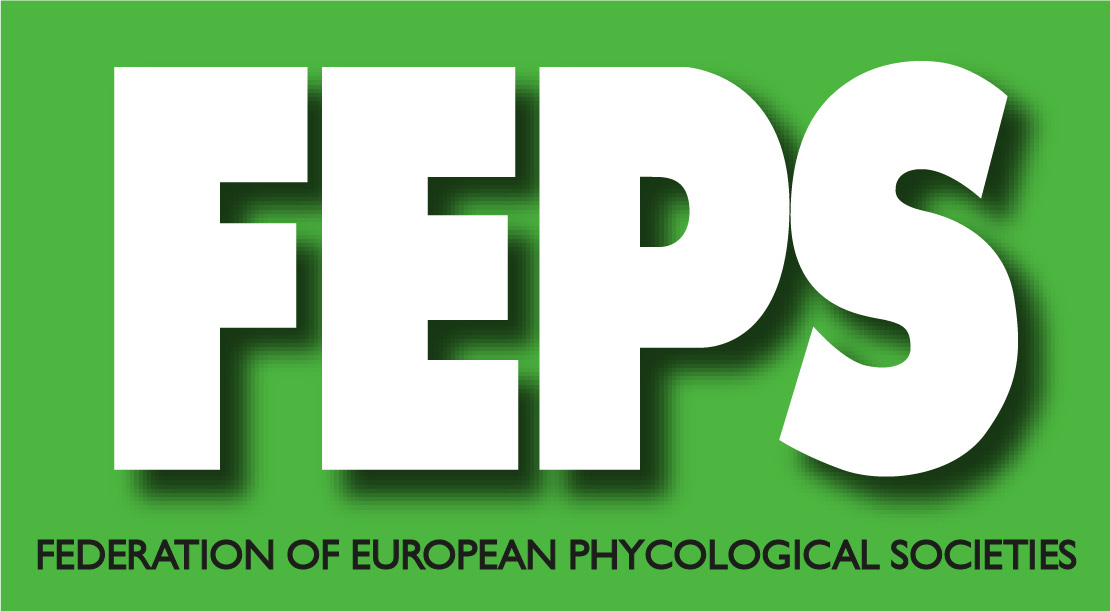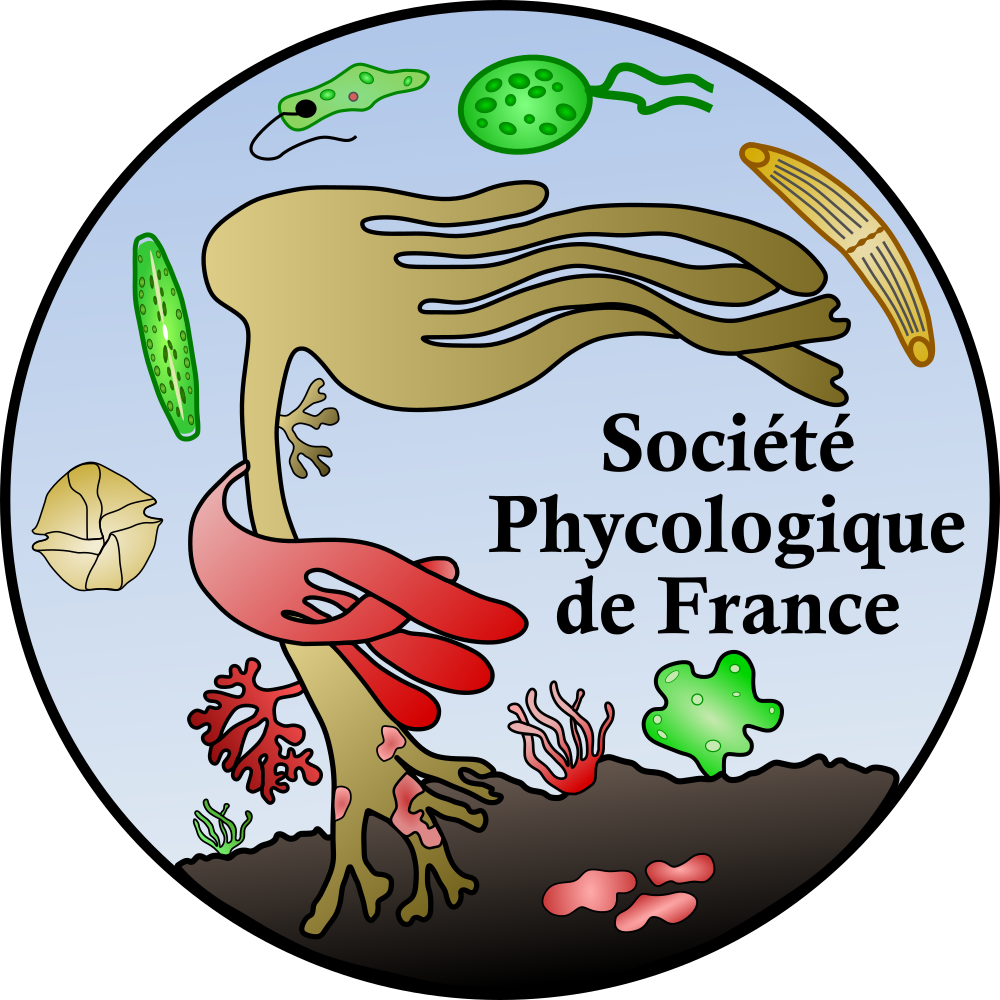CEPA 7 : animal ecophysiology conference in Brest
Biodiversity is facing a major environmental crisis. It is therefore urgent to identify the impact of environmental constraints on the ecological and physiological functioning of animal species, but also the adaptations implemented by these organisms to respond to environmental changes.
Animal ecophysiology is a crucial discipline at this level, integrating the mechanisms underlying metabolism, energetics, behaviour, reproduction, communication and many other animal functions, from the gene to the population.
In France, every two years, a large community of ecophysiologists, bringing together researchers from various backgrounds, organises the Animal Ecophysiology Symposium, CEPA. This symposium provides an opportunity to communicate new results from basic and applied research in the field to a community that is both scientific and professional. This large community encourages the sharing of knowledge and scientific advances while strengthening the spirit of cohesion in research.
After Lyon (2013), La Rochelle (2015), Strasbourg (2017), Rennes (2019), Montpellier (2021) and Tours (2023), this conference will take place for the first time at the other end of the world, in Brest. It will enable as many researchers and students as possible to present their latest results and reflections.
This 7th edition will take place from 28 to 30 October 2025, in the amphitheatre of the Pôle numérique Brest Iroise in Plouzané.
Key dates to come :
- Deadline for abstract submission: before 15 June 2025
- Early bird registration deadline: 15 August 2025
- Late bird registration deadline: 15 September 2025
Find all the practical information and the programme on the conference website.


